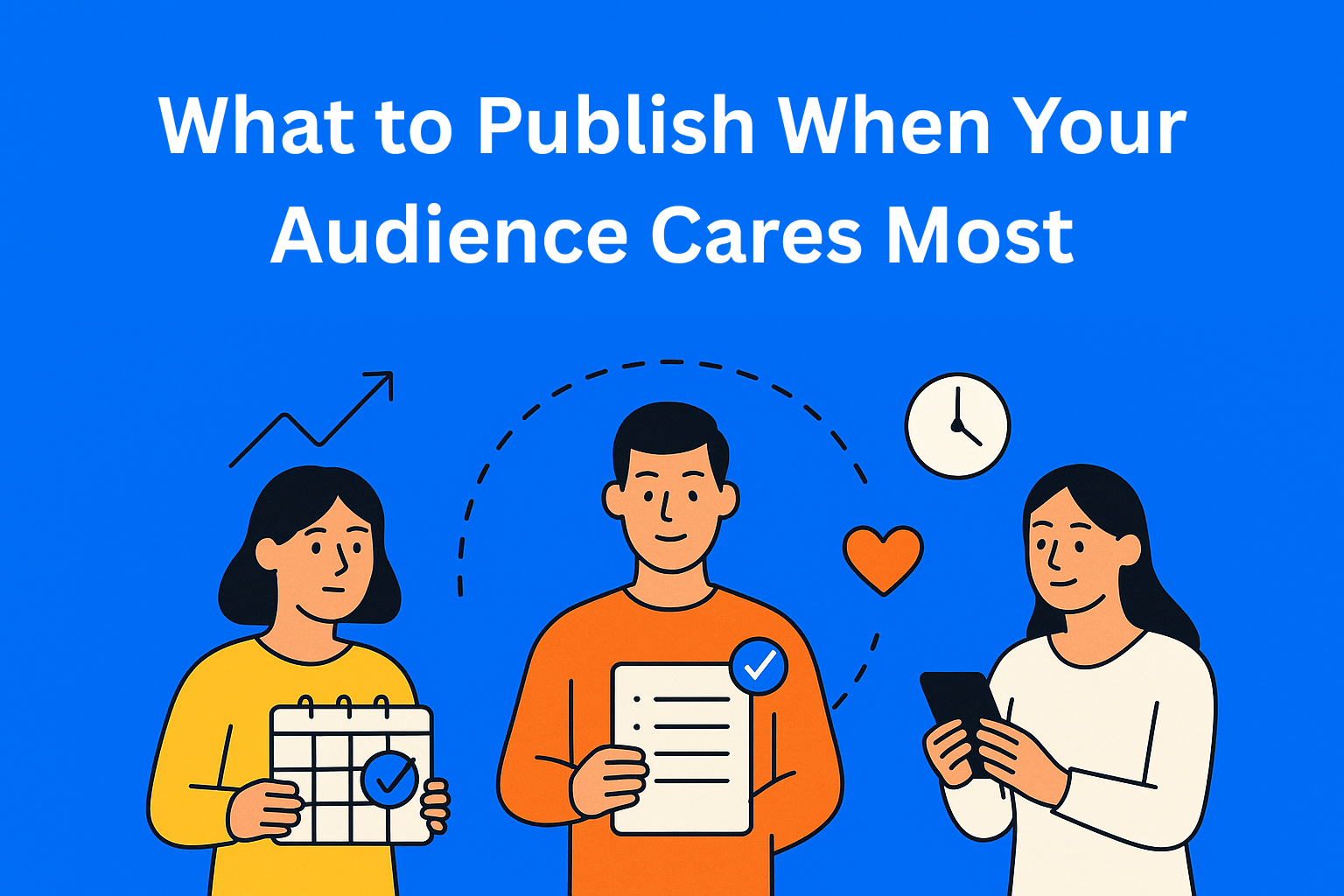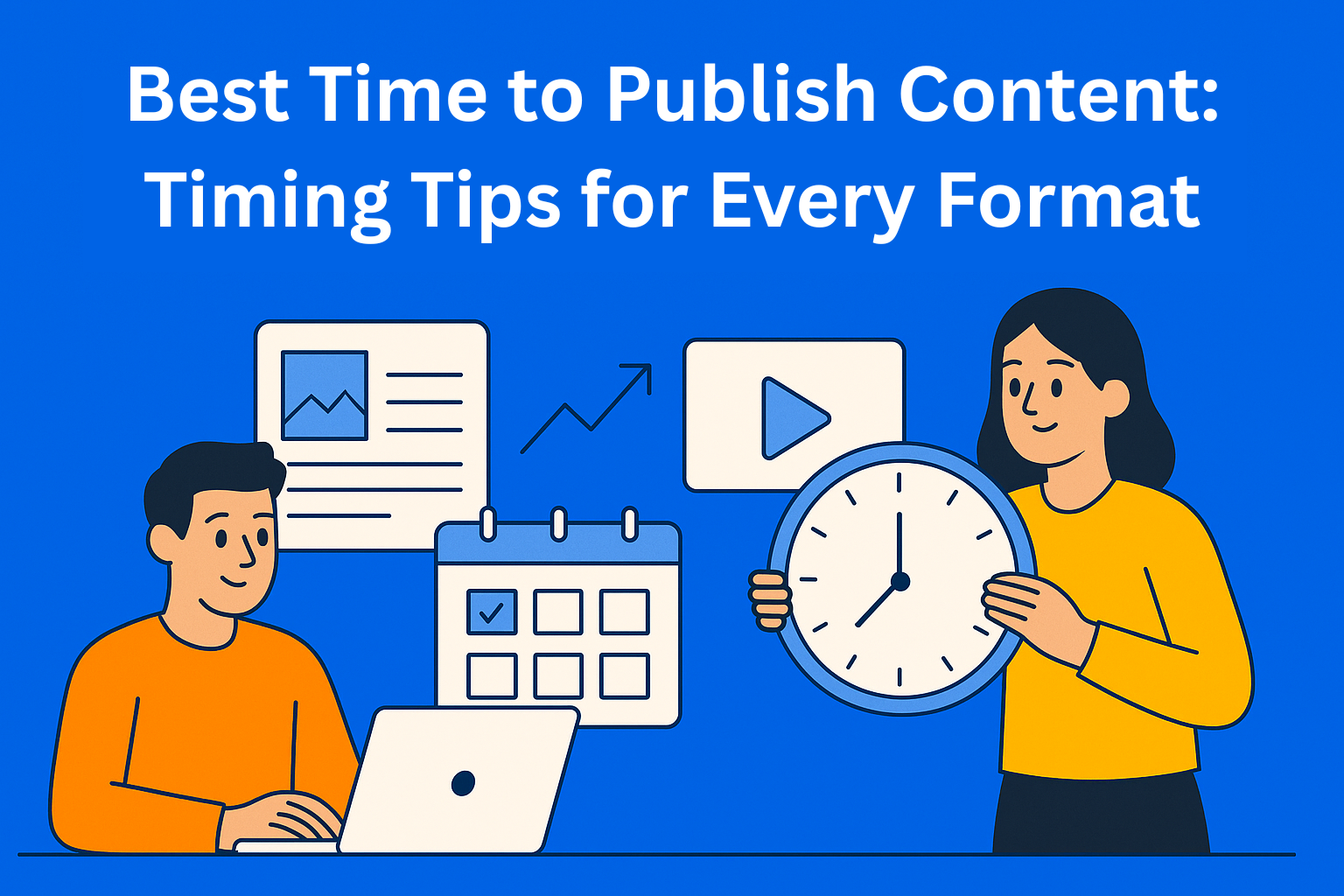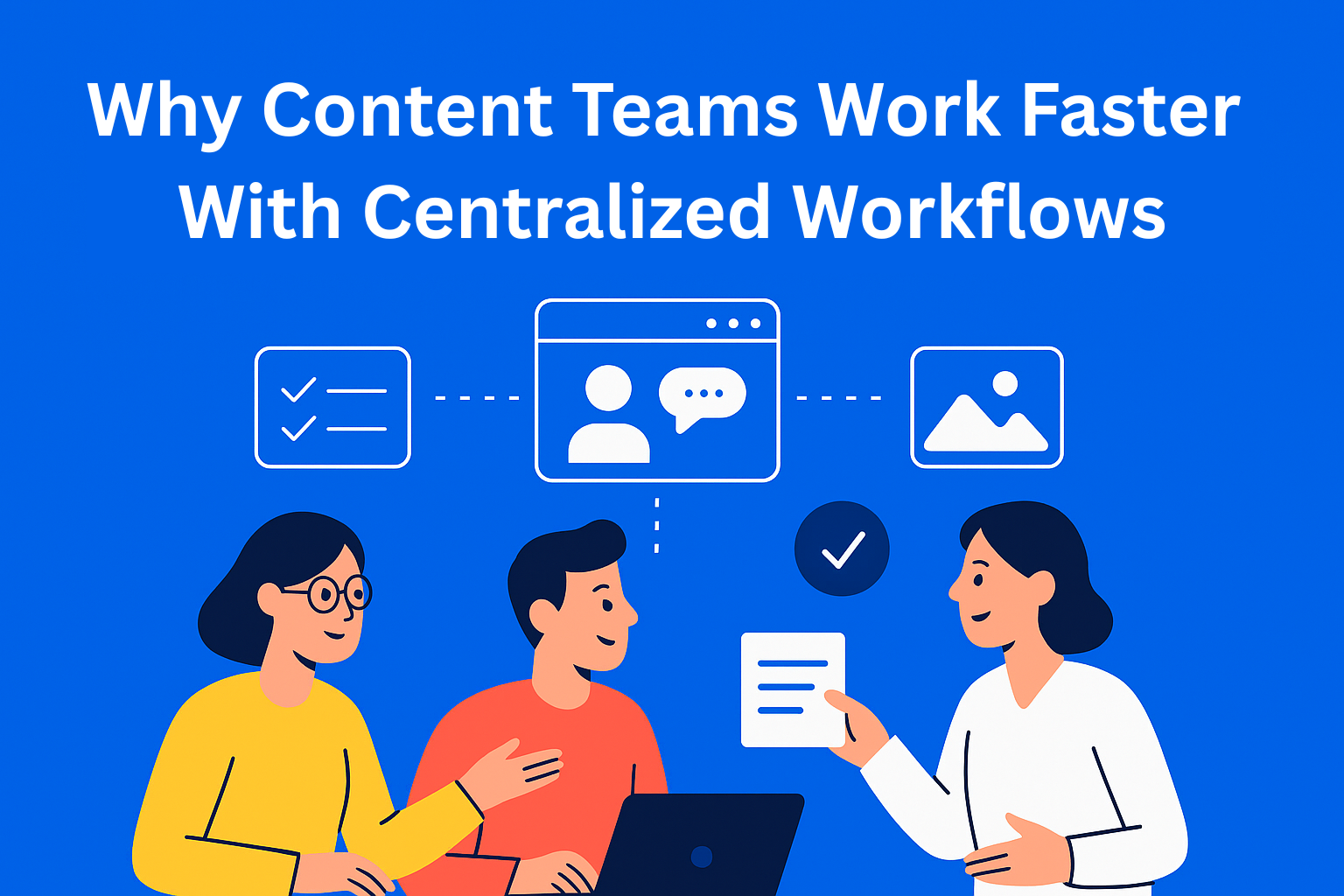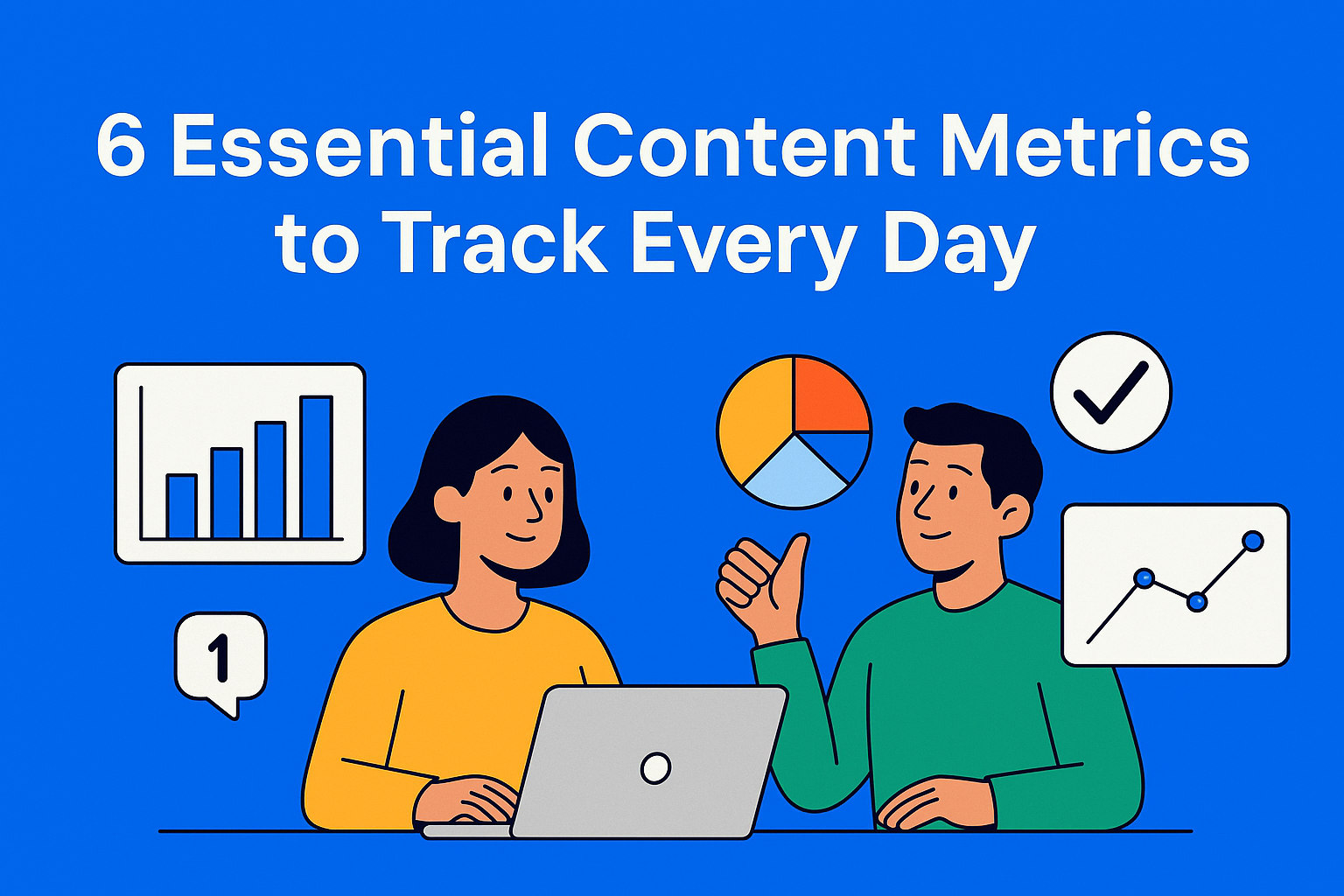Planning for Content Burnout: When to Slow Down
Feeling overwhelmed by your content calendar? Learn how to prevent content burnout, spot early signs, and slow down without losing visibility. Discover smart planning tips to keep your team creative and your strategy on track.
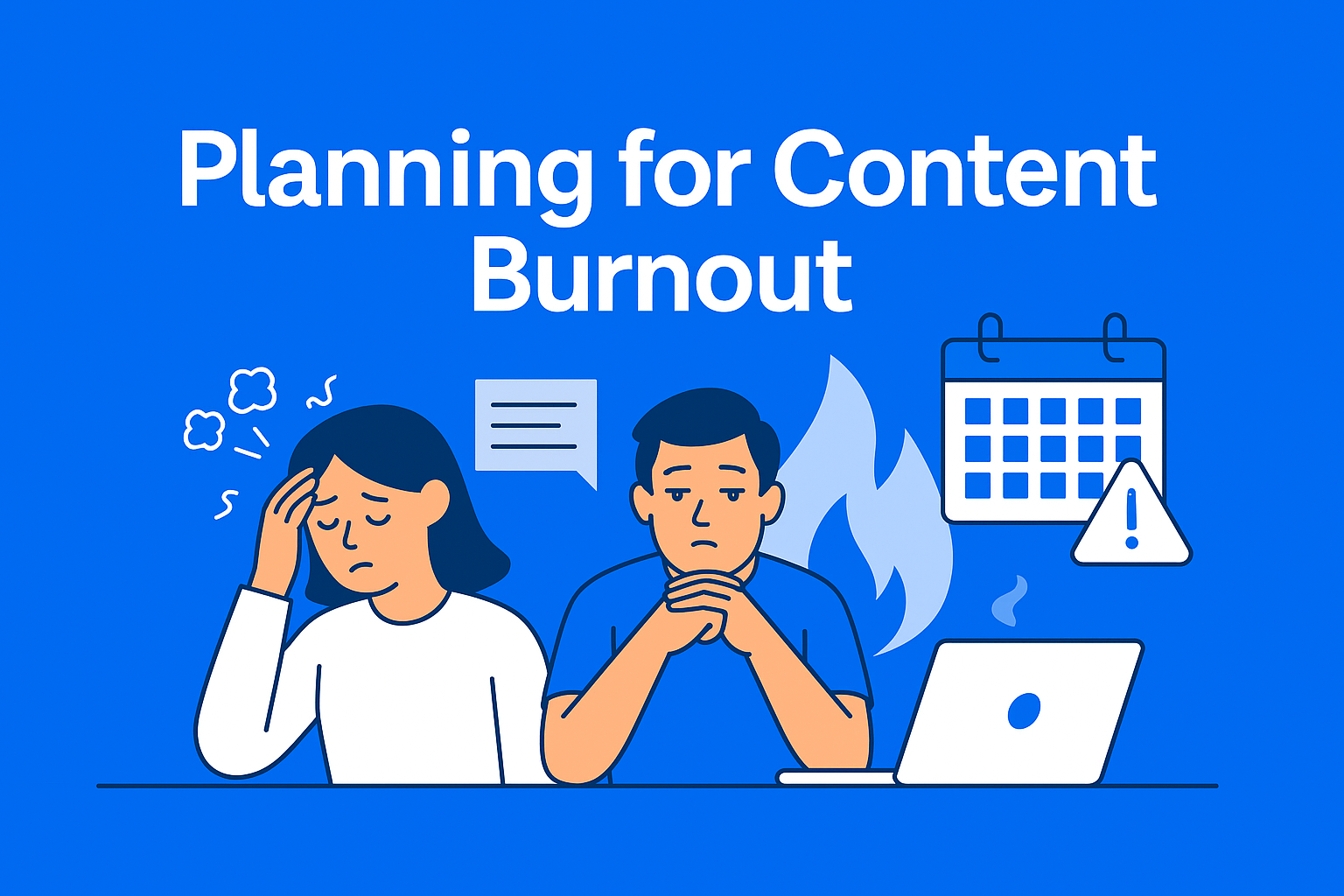
Does it feel like your content calendar is controlling you, not the other way around? If you work in content management, you’ve probably been there: deadlines piling up, creativity dropping, and the team looking exhausted. That’s not just stress - that’s content burnout. And trust me, burnout can throw even the best team off track.
How do you plan for this? And more importantly, when is the right time to slow down? Let’s take a look.
Key Takeaways
- Recognize early warning signs - Flat ideas, constant last-minute work, and exhausted teams mean it’s time to adjust.
- Focus on ROI, not volume - One high-quality post beats three rushed ones.
- Build breathing room - Leave empty slots in your calendar and plan seasonal slowdowns.
- Stay visible while pausing creation - Repurpose old content, curate insights, and leverage UGC.
- Communicate the why - Show stakeholders that slowing down improves quality and results.
What Is Content Burnout (and Why Does It Happen)
Content burnout happens when your team pushes too hard for too long. It’s the slow drain of energy and creativity that comes from constantly creating blogs, social posts, videos - without real breaks.
Some common causes:
- Overloaded calendars: Three blogs a week sound great on paper, but is it sustainable?
- Quantity over quality: When speed becomes the focus, creativity suffers.
- No time to breathe: The team needs space to think, research, and create – not just produce nonstop.
Signs It’s Time to Slow Down
You can’t fix what you don’t notice. If your ideas feel flat and brainstorming brings nothing new, deadlines keep slipping because every piece is last-minute, mistakes increase and quality drops, and finally, the team feels exhausted - because burnout shows up mentally and physically - it’s time to make changes.
How to Slow Down Without Losing Visibility
Here’s the challenge: you can’t just stop posting. You still need visibility and consistency. The solution? Smart planning.
1. Review Priorities
Ask: Which content really delivers ROI? Focus on that. Maybe you don’t need three blogs a week - maybe one great post and a few repurposed pieces are enough.
2. Add Space to Your Calendar
Don’t fill your calendar to the max; that only creates pressure and leaves no flexibility. Instead, leave empty days or even full weeks for refreshing old content (repurposing) or sharing curated material. This way, you don’t have to create something new every time, and your team gets a much-needed break.
3. Use Seasonal Periods
Plan content around naturally slower times in your industry. For example, if summer is quieter, reduce posting and let your team recharge for busier months.
What to Do While You Pause Creation
Pausing creation doesn’t mean silence. Here are some tips:
- Repurpose content: Turn a blog into a LinkedIn post, a podcast into an infographic.
- Curate and share: Your audience values quality insights, not just original content.
- Leverage UGC: User-generated content builds trust and gives your team a break.
One option is using tools that help with organization, like content planning platforms. For example, tools like EasyContent with visual calendars let you easily move deadlines and adjust plans without stress, while features for automation and team collaboration keep communication clear and efficient even when you slow down.
Communicate and Set Expectations
Stakeholders don’t like surprises, so keep them informed. Explain that slowing down doesn’t mean quitting; it means focusing on quality instead of quantity. Show them the data - longer, high-quality content often outperforms quick, shallow posts. Tools like EasyContent, with a simple calendar and clear status tracking, make it much easier to keep everyone aligned.
Conclusion
Burnout isn’t just a people problem - it’s a sign your processes need work. Smart planning today can prevent major issues tomorrow. If you lead a content team, remember: it’s okay to slow down. Your audience cares more about what you say than how often you say it.
So review your calendar, find the biggest pressure points, and give your team a break. Less stress and better organization mean more creativity and higher-quality content in the long run.



